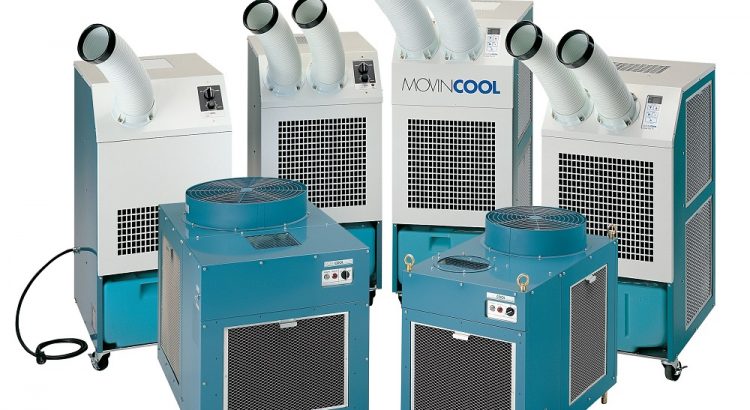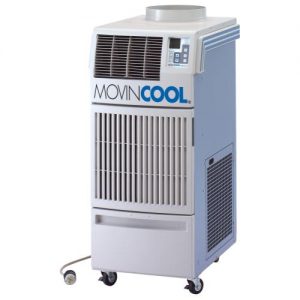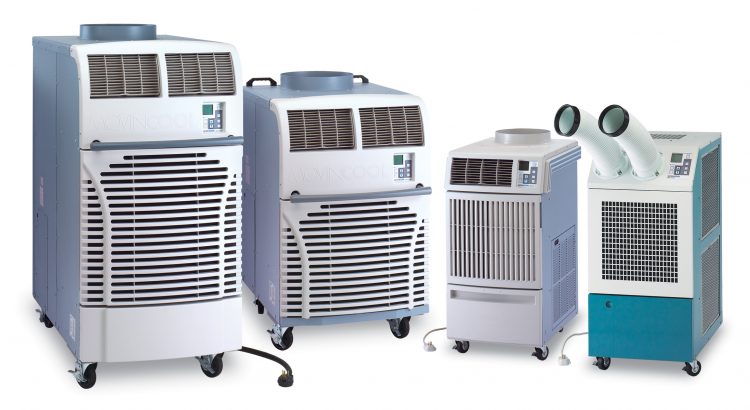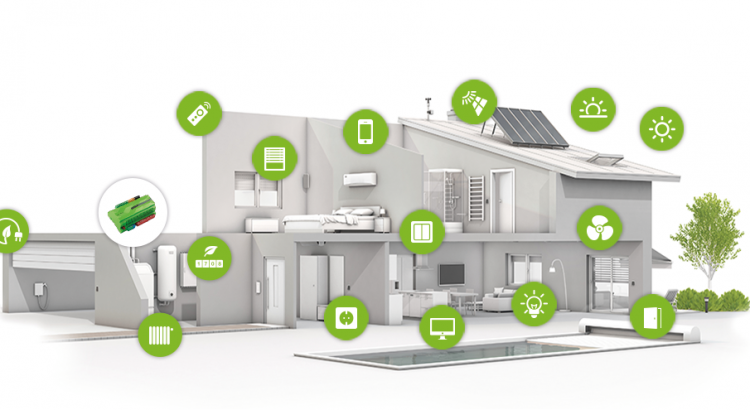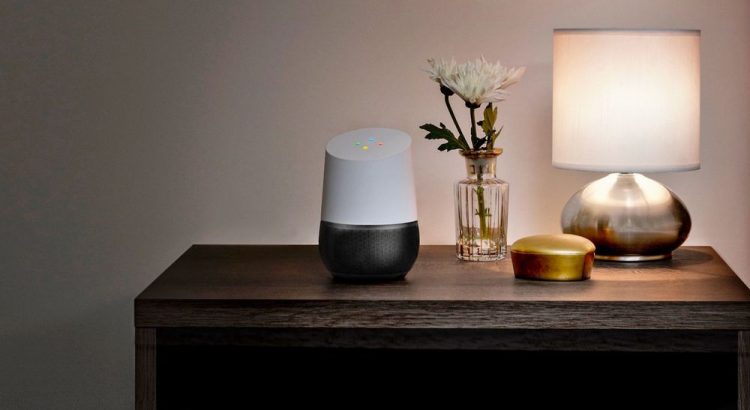Blog provided by Wicker Paradise
Rattan furniture is probably not the first thing that comes to mind when someone mentions office design. Many small businesses’ office buildings are designed with efficiency in mind, rather than aesthetics. However, there are good reasons why aesthetics should also be a major part of office design plans.
According to a study by Clutch, aesthetically pleasing workplaces can play a key role in employee morale and retention. 61% of surveyed workers valued an aesthetically pleasing, comfortable workplace the most, as opposed to other workplace perks such as community and learning opportunities. In the recruitment phase, 27% of employees “strongly agreed” and 51% “agreed” that office appearance and work environments influenced their decision of where to work.
Office appearance may not seem like an important factor, but no one wants to work in a drab, dull office environment. As a result, office designers should be willing to add eye-catching, unorthodox elements to workplaces. Rattan furniture’s elegant, caned design is evocative of nature. Rattan furniture pieces can be a welcome sight in any office dining room or break area.
Wicker Paradise has a host of rattan furniture products you can use for tropical accents in your workplace. From rattan chairs, sofas, and barstools to full dining sets, their rattan products can help your workplace convey a sense of warmth and comfort. If you prefer wicker furniture, you can also browse their indoor and outdoor wicker furniture collections. These products will also add an exotic touch to any office space. For any questions about their products, contact Wicker Paradise at 1-800-894-2537.

